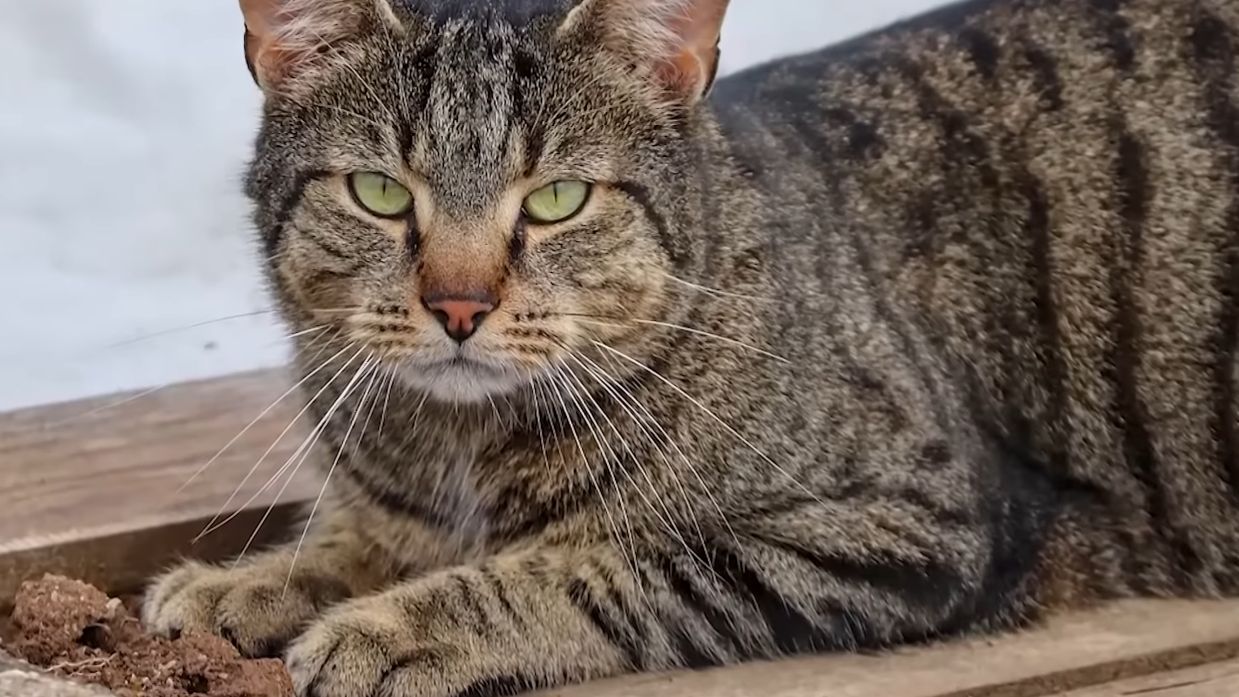To be honest with you, the aforementioned praise is not exaggerated at all, with the large number of cats having a significant impact on the environment we live in and the potential to create a strong influence on other animal species, including humans. Cats are much more dangerous than you might imagine if not raised carefully and properly. The cat species can completely destroy ecosystems. They are not as cute and completely innocent as most people think.
1. Discover the truth:
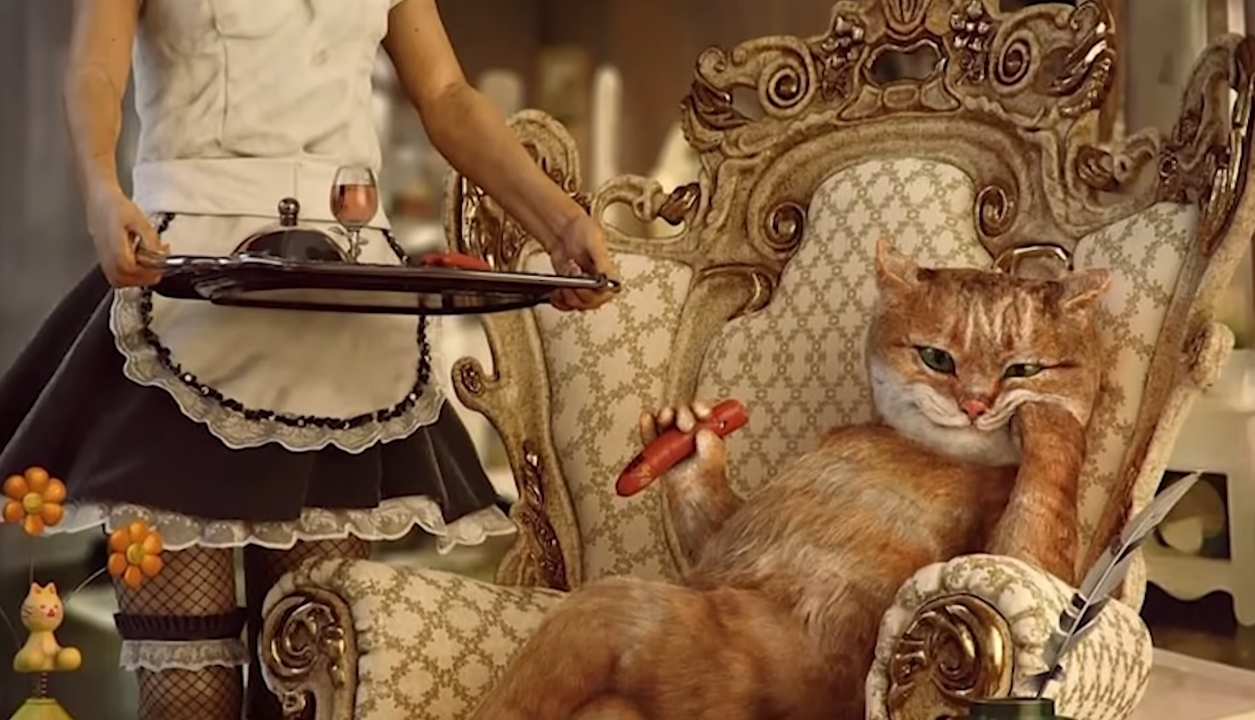
Discover the horrifying truth behind this cute-faced predator through scientific studies and solid arguments. Don't forget we have attached a link to the article titled "Domestic Cats - Horrifying Images" in the description for those who want to read the full article. Now, let's get started! So, what is the education to understand the attitude, skills, and knowledge that are important for creative learning environments? It is the strength that we bring a new solution to customers, not what you go to explore. Your product is beautiful.
Yes, you bring out the viewpoint that I am professional like that, I am taught by teachers, not just what I say. That is just part of it. The important thing is how to convince people to pay to buy your product, not just saying that it is the best. The younger generation now is very different from the previous generation in terms of opportunities and levels.
Did you know that the nature of generations like the previous ones had fewer opportunities than now, but in fact, the challenges are not as many as the current generation. Watch the entire channel on YouTube of professionals, we have provided the link in the description below. If you follow the news, you may remember the explosion of exotic animals in our country from 2008 to 2019, most notably the red-eared slider, golden apple snail, and glass catfish.
2. Domestic cats and feral cats:
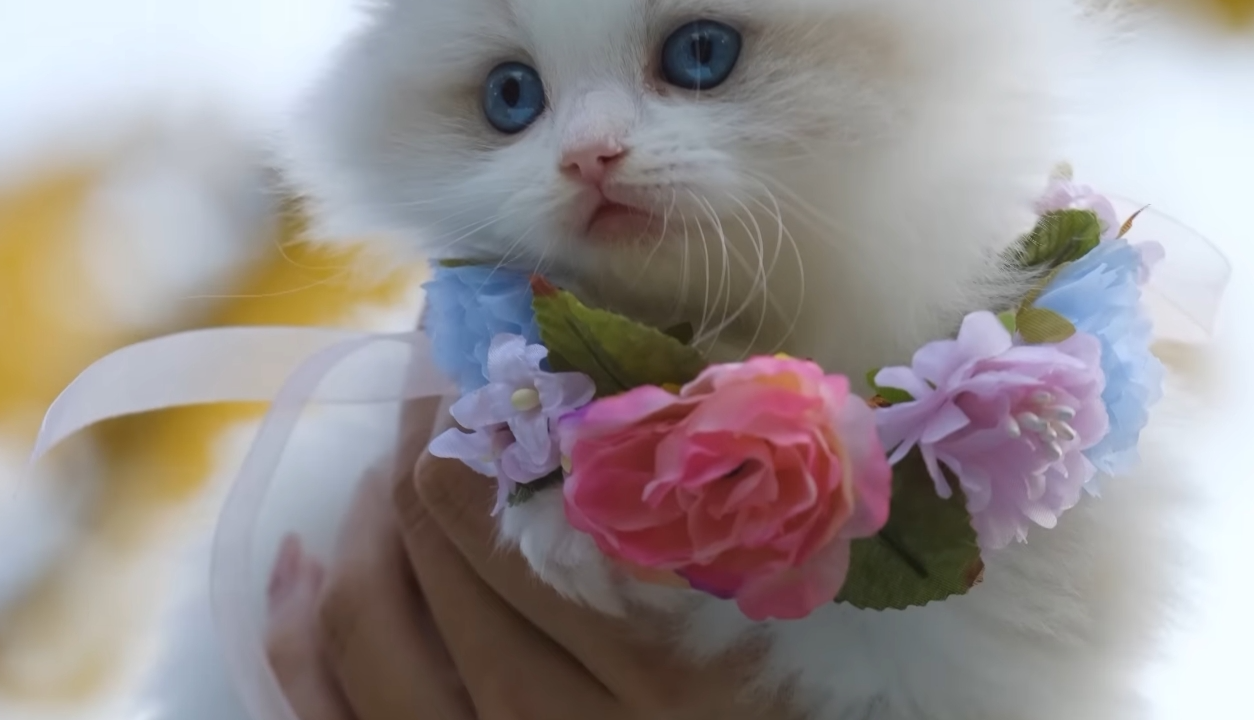
That is the land prawn and a young man who does not know who spread the rumor that he is thought to be an exotic animal released by China into Vietnam, the red-tailed green snake. But there is one species, although not an exotic animal, but poses a danger to the ecosystem of Vietnam and the world, which is the domestic cat. But what is a domestic cat? How do domestic cats differ from feral cats? Domestic cat is a common term to refer to the species of cat that humans domesticated about 4000 years ago and now they are no longer a wild native species everywhere in the world. Initially, they were called Felix domesticus, but later their nomenclature changed to Felix Cactus and is still used to this day.
Therefore, when referring to the term "domestic cat" in this article, you should understand that it refers to all Felix Cactus, not just the cats kept indoors and owned, but also the feral cats belonging to the Felix Cactus species. Let's start with this important information. Some of you may have heard of it, some others may not care, but the rest will jump in because they care when Quan Pham touches the emperor of the people on October 25, 2019. An article in the New York Times mentioned that the Australian government issued a toxic bait order to exterminate feral cats in 2015. They achieved the target of processing 2 million cats by 2020.
This news was reported by many Vietnamese newspapers and there were many conflicting opinions on this issue. But before discussing that issue, let's find out why people have to exterminate feral cats. First, feral cats destroy ecosystems by killing smaller animals than themselves, from small mammals, birds, to insects. According to an article on the website of the Australian National University on October 9, 2019, titled "Cats kill more than 1.5 billion native Animals per Year," feral cats in Australia kill more than 1.5 billion reptiles, birds, and mammals each year.
3. Analysis:
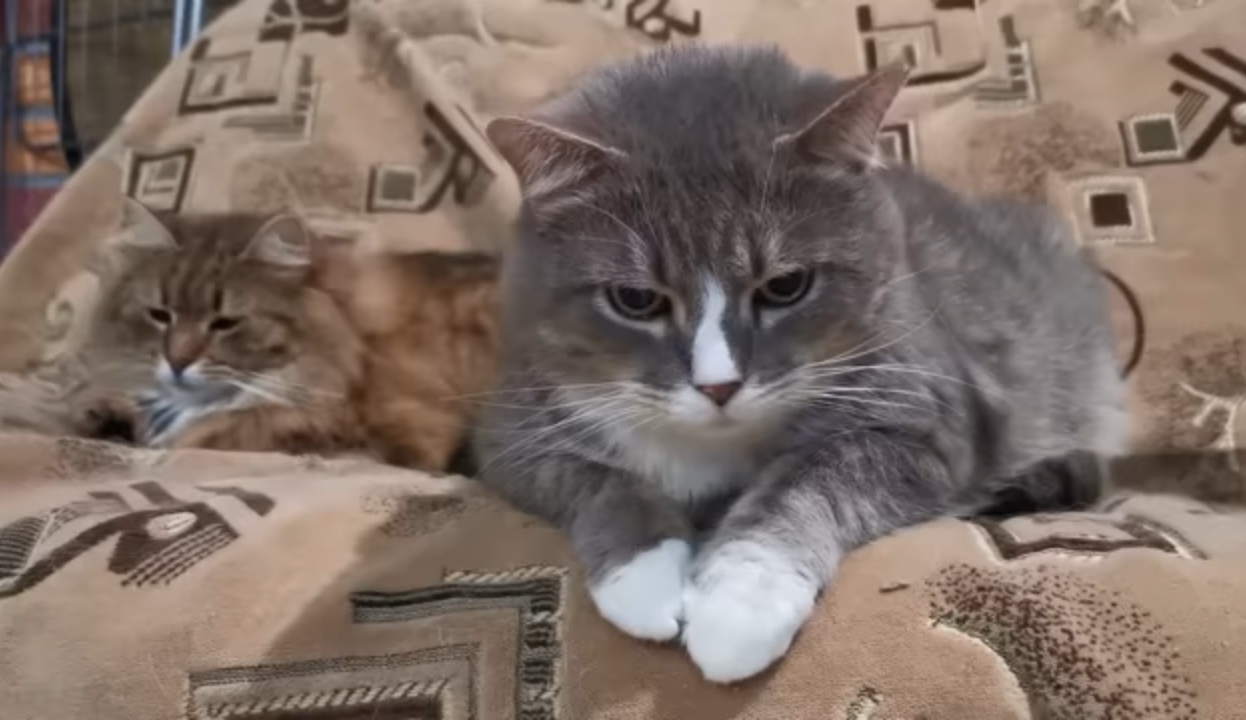
The article continues to analyze that, over the past 200 years, each cat has caused damage to about 740 animal individuals each year. Among them, 2/3 of the native mammal species in Australia have gone extinct due to the impact of cats. Feral cats can indiscriminately breed with native wild cats, causing genetic disruption to the native cat species. They compete for food with native animals, creating unnecessary competition. Feral cats can transmit many types of diseases from wildlife to domestic cats and humans, posing a danger to the ecosystem.
Although other native animal species can still transmit, they are not exterminated because they are native species of Australia and have control measures. However, feral and poorly managed domestic cats often cause many unforeseen consequences for the native ecosystem. Vietnam is no exception, as domestic cats often hunt and kill many native animal species, causing unforeseen impacts on the ecosystem and humans.
In general, native animal species play an important role in the ecosystem and human development. The presence of uncontrolled feral and domestic cats can cause many serious problems for the environment and the health of animal species.
However, managing the number of cats has long been controversial and often relates to the fact that cats reduce the number of prey. A study published in the scientific journal PLOS One in 2013 by author Le TP Nghiem and colleagues showed that domestic cats cause economic damage of up to 155 million USD. This clearly indicates the concerning impact of domestic cats on the native ecosystem.
According to Professor Dr. Bui Cong Hien from Hanoi University of Science and Technology, in a post in the Vietnam Journal of Science and Technology No. 9 in 2019, research on exotic species in Vietnam is still insufficient and needs to be synthesized to better understand this issue. Current research results are still vague and inconsistent, and studying these species in Vietnam faces many challenges due to a lack of scientific basis.
Although domestic cats have been listed as an exotic species worldwide, there has not yet been a study in Vietnam that truly assesses this issue. The impact of domestic cats on the ecosystem can be most clearly seen by those who own cats or are acquainted with cat owners.
To minimize the risk of domestic cats harming the ecosystem, pet management needs to be carried out responsibly. Completely restrict letting pets roam outside or in the wild, implement sterilization of pets, and limit their breeding activities, especially domestic cats. At the same time, proper and regular care and health checks for cats also need to be carried out.
Cats, one of the closest and most common animals in human daily life. From cute, lively images to folk tales, cats have become an indispensable part of human life. However, behind that beauty and cuteness, behind the cold eyes of cats, is a horrifying obsession that few people pay attention to.
4. Warmth:
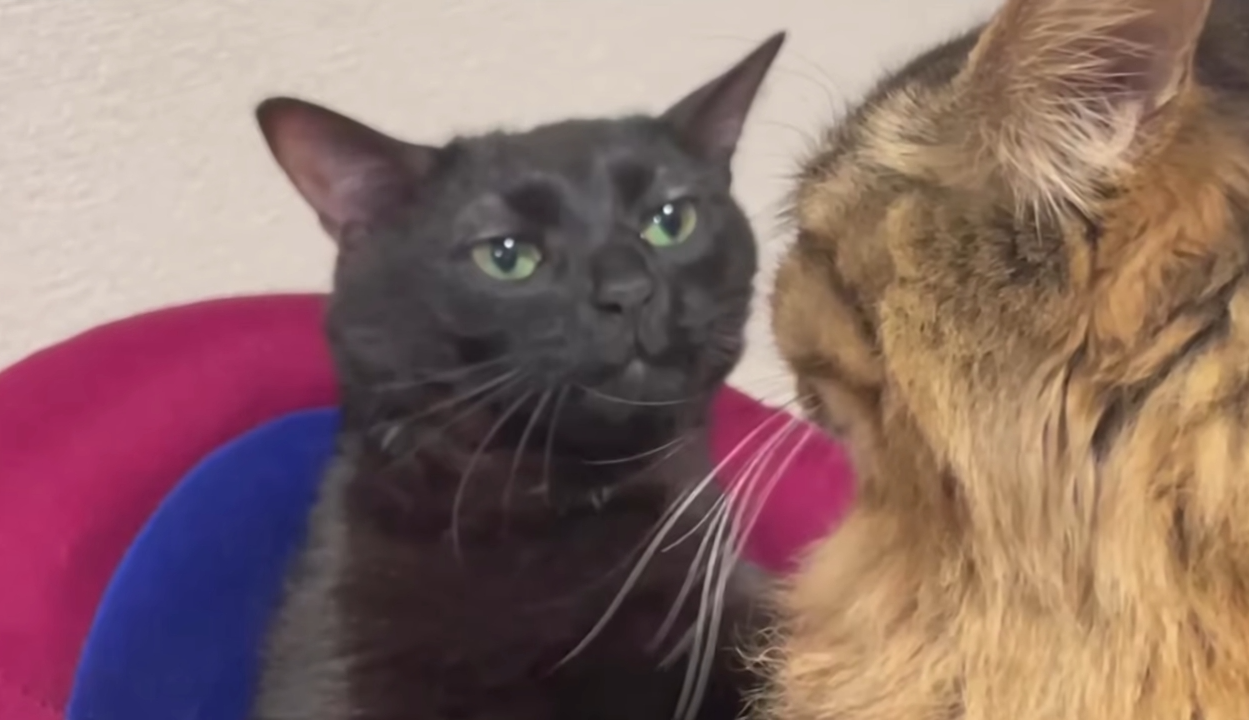
Domestic cats, or beloved cats, were once considered a symbol of warmth and happiness in the family. But does anyone know that domestic cats are not only cute but also the cause of many problems and risks for the ecosystem and human health?
One of the biggest problems that domestic cats cause is their negative impact on the ecosystem. Cats are natural predators, and when raised in a breeding environment, their hunting instincts do not disappear. Every year, millions of domestic cats around the world kill billions of birds, small animals, and even rare species. This mass extermination not only significantly reduces the number of animal species but also causes serious imbalances in the ecosystem.
In addition, domestic cats also cause many health problems for humans. According to research by scientists, domestic cats can transmit dangerous diseases such as hepatitis, smallpox, and even rabies-causing bacteria. This ability to transmit diseases not only affects humans but also impacts other animal species in the environment.
However, the most concerning thing is the uncontrolled increase in the number of domestic cats. Keeping domestic cats has become more popular in modern society, but it also comes with the lack of control over the number of cats. Free-roaming domestic cats and indiscriminate breeding not only create environmental disasters but also cause security and order issues in the community.
To address this issue, managing and controlling the number of domestic cats has become extremely necessary. Measures such as sterilization, controlling cat ownership, and warning about the risks of domestic cats to the ecosystem and human health are solutions that need to be implemented right now.
However, solving this issue is not only the responsibility of authorities but also the duty of every individual in society. We need to be aware and take action to protect the environment and human health from the negative impacts of domestic cats.
In the future, it is hoped that everyone will recognize the dangers of this issue and take action to minimize the negative impacts of domestic cats on the ecosystem and human health. Only then can we achieve a healthy living environment and a balance between humans and nature.
